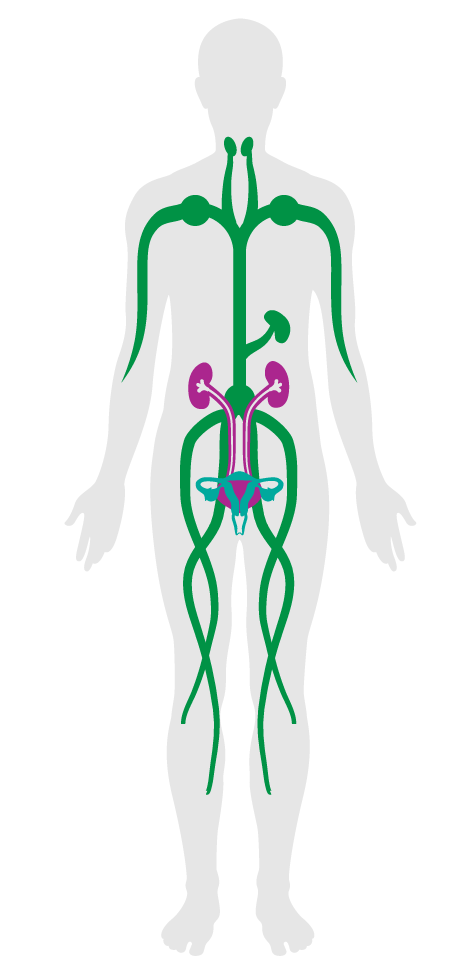Cleaning protocol
- 01 Air quality standards
- 02 Smoking ban
- 03 Ventilation effectiveness
- 04 VOC reduction
- 05 Air filtration
- 06 Microbe and mold control
- 07 Construction pollution management
- 08 Healthy entrance
- 09 Cleaning protocol
- 10 Pesticide management
- 11 Fundamental material safety
- 12 Moisture management
- 13 Air flush
- 14 Air infiltration management
- 15 Increased ventilation
- 16 Humidity control
- 17 Direct source ventilation
- 18 Air quality monitoring and feedback
- 19 Operable windows
- 20 Outdoor air systems
- 21 Displacement ventilation
- 22 Pest control
- 23 Advanced air purification
- 24 Combustion minimization
- 25 Toxic material reduction
- 26 Enhanced material safety
- 27 Antimicrobial activity for surfaces
- 28 Cleanable environment
- 29 Cleaning equipment
- P9 Advanced cleaning
Cleaning protocol
To reduce occupant exposure to pathogens, allergens, and harmful cleaning chemicals.
BACKGROUND
Regular cleaning is an important practice as it helps to remove potentially harmful debris and maintain a healthy indoor environment. However, numerous chemicals and improper cleaning techniques can undermine indoor air quality. Harmful ingredients in cleaning products can lead to eye, nose, throat and skin irritation, and emit VOCs into the indoor environment, which may lead to other health effects including sick building syndrome (SBS). An adequate cleaning regimen using non-toxic, hypoallergenic cleaners helps to reduce bioloads, pests, environmental allergens and unpleasant odors without introducing chemicals that might adversely impact indoor air quality.

